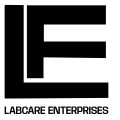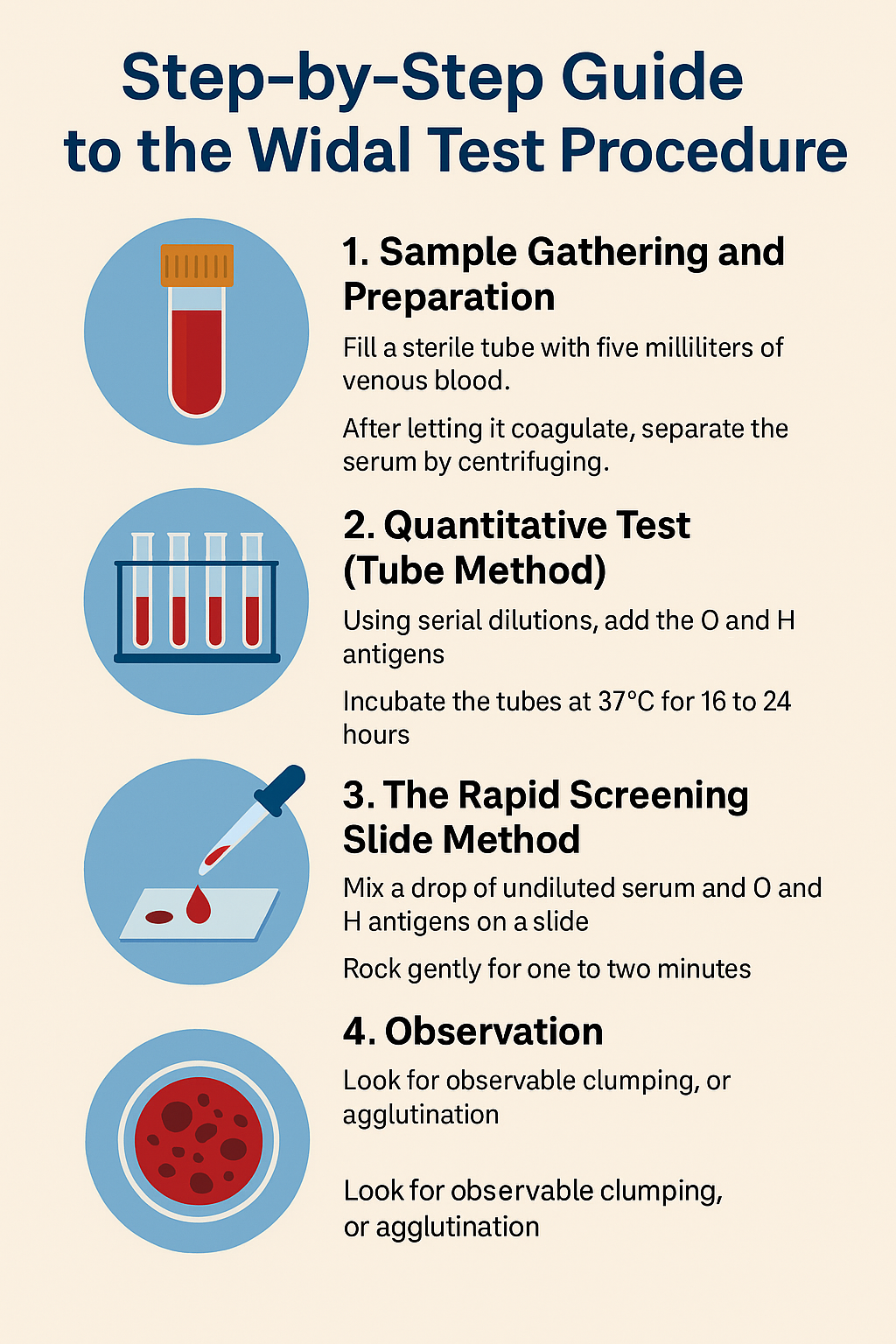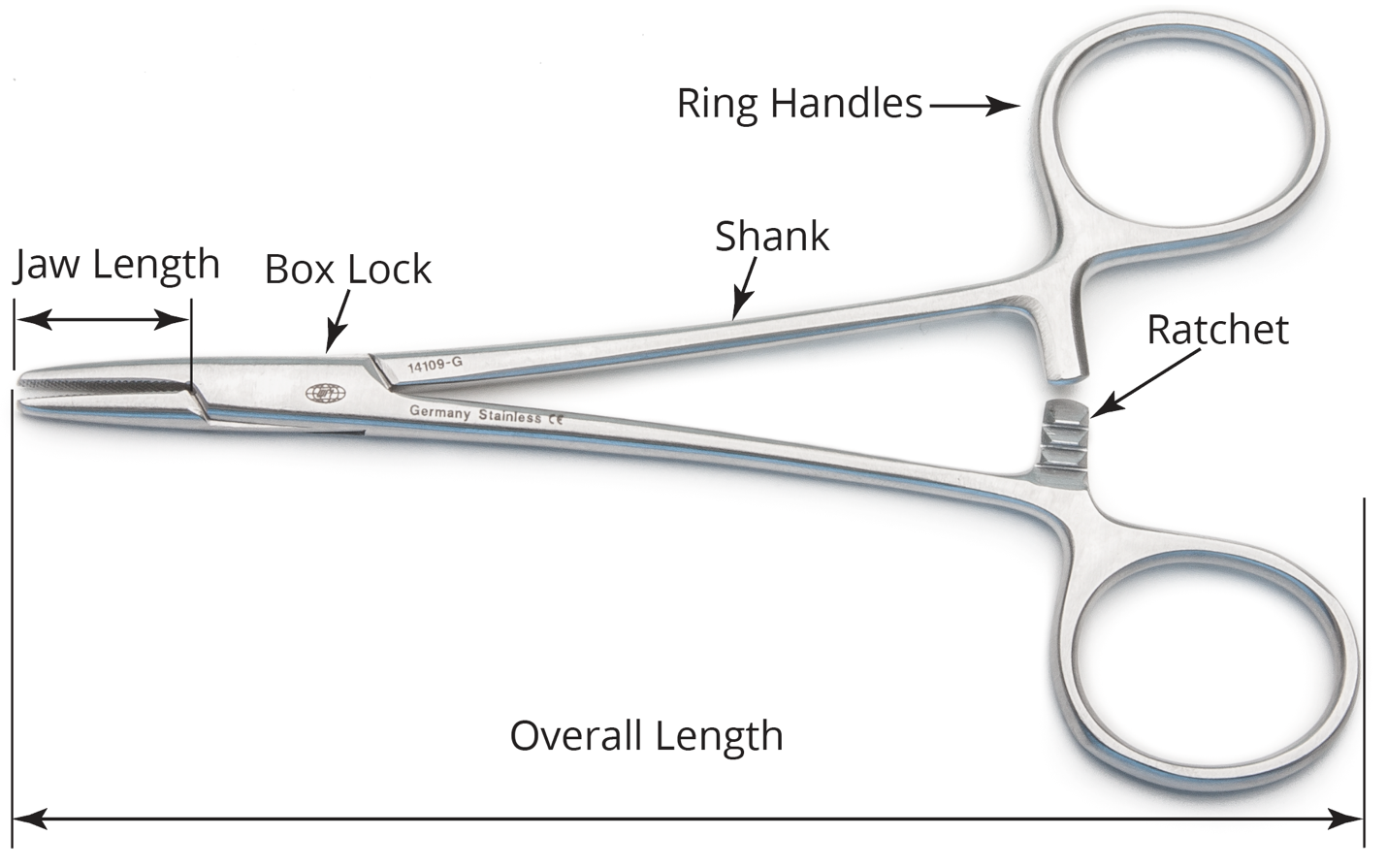
To guarantee accuracy of results and preserve laboratory efficiency, laboratory consumables must be handled and stored properly.
If not handled and stored correctly, lab consumables such as pipettes, vials, test tubes, gloves, and other items can deteriorate.
These are some crucial best practices for managing and storing lab supplies in order to preserve their quality and guarantee efficient lab operations.
Keep in a dry, clean place.
Why it matters: Many consumables are susceptible to dust and moisture, particularly those composed of rubber or plastic. Exposure to moisture can reduce the performance of consumables, while dust can induce contamination.
Best Practice: Keep lab supplies in a dry, well-ventilated location at all times. For goods like pipette tips or gloves that are extremely sensitive to moisture, use sealed containers.
Continue to regulate the temperature appropriately.
The significance of it To avoid deterioration, consumables that are sensitive to temperature, including reagents or particular kinds of test tubes, need to be stored under particular circumstances.
Best practice: Refer to the temperature management guidelines provided by the manufacturer. Store in a temperature-controlled area or in the refrigerator as needed. Make sure there is a trustworthy temperature monitor in the storage room.
Store shelves should be labeled and arranged.
Why it matters:
Accessing the appropriate consumables without losing time or running the risk of contamination is made simple by proper labeling and organizing.
Best practice:
- Using legible labels with the product name, lot number, and expiration dates is best practice.
- Put the consumables with the shortest shelf life in front of the shelves and arrange them by category (pipettes, test tubes, gloves, etc.).
The importance of adhering to the first-in, first-out (FIFO) system
Why it matters:
There are expiration dates on a lot of products. Using old stock first helps you avoid using expired goods and guarantees that you are not wasting anything.
Best practice:
- Make sure that existing things are used before opening new stock by implementing a first-in, first-out approach.
- Verify all consumables’ expiration dates on a regular basis.
When handling, put on personal protective equipment (PPE).
Why it matters:
Without personal protective equipment (PPE), handling consumables can result in contamination, which compromises the sterility of objects like test tubes or pipette tips.
Best practice:
- When handling or moving consumables, always use gloves, a lab coat, and any other PPE that is required.
- To prevent contamination, make sure work surfaces are tidy and consumables are handled with care.
Make sure the package is sterile and sealed.
Why it matters:
A lot of consumables, such test tubes and vials, are packaged in sealed containers and are already sterilized. Their sterility may be compromised if they are opened too soon.
Best practice:
- Only open consumables that are sealed when you’re ready to use them.
- Make sure the packing is tight for consumables that must be resealed to prevent exposure to air or impurities.
Keep an eye on expiration dates.
Why it matters:
Particularly for diagnostic kits or reagents, expired consumables may result in erroneous test findings.
The best method:
- Regularly check your consumables and throw away any that are past their expiration date.
- Upgrade your inventory management system to monitor expiration dates automatically.
Steer clear of too much light.
Why it matters:
Certain consumables, particularly reagents, are light-sensitive and may deteriorate if left out in the open for an extended period of time.
Best practice:
Reduce exposure to light while handling light-sensitive objects and store them in opaque or dark containers.
Steer clear of too much light.
Why it matters:
Certain consumables, particularly reagents, are light-sensitive and may deteriorate if left out in the open for an extended period of time.
Best practice:
- Reduce exposure to light while handling light-sensitive objects and store them in opaque or dark containers.
Make sure to properly dispose of used consumables.
Why it matters:
When used consumables are disposed of improperly, there may be health hazards, environmental harm, or cross-contamination.
Best practice:
- Follow your facility’s waste disposal guidelines when discarding used consumables, particularly when it comes to hazardous or biohazardous products.
- Sort consumables for recycling if appropriate.
In conclusion
By following best practices for managing and storing lab supplies, you may reduce waste, maintain accuracy in your results, and run your lab more effectively. For a laboratory to run smoothly and without contamination, proper handling, labeling, storage, and disposal procedures are essential.





